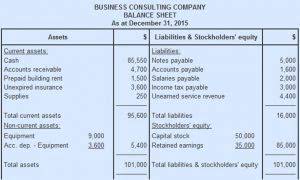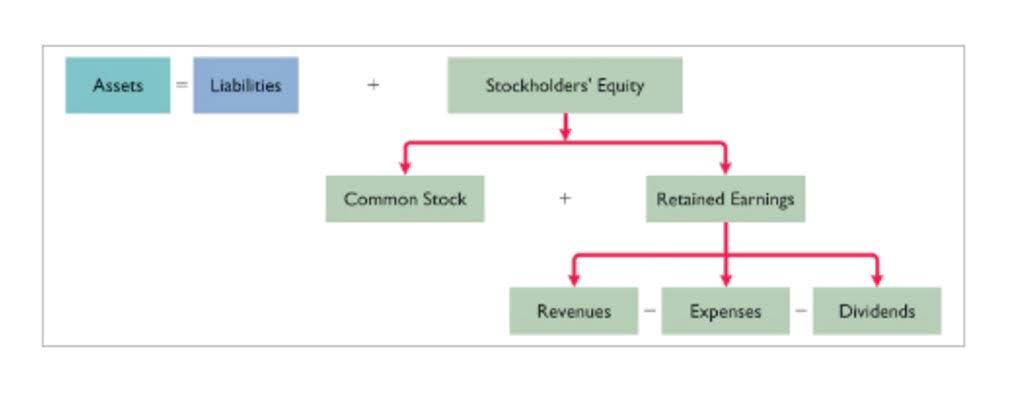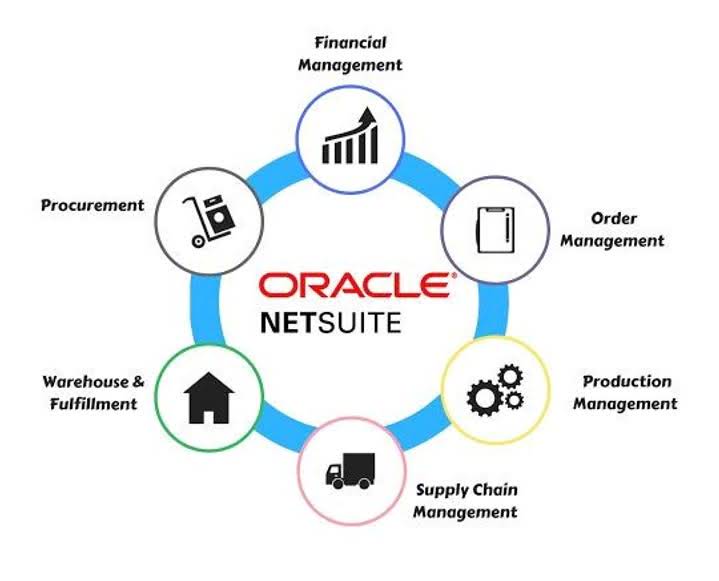
The cost of capital and discount rate are somewhat similar and the terms are often used interchangeably. The cost of capital is often calculated by a company’s finance department and used by management to set a discount rate (or hurdle rate) that must be beaten to justify an investment. One of the most important decisions that a business owner or manager has to make is how to finance the operations and growth of the business.
- This involves obtaining a new loan with better terms in order to pay off a current debt.
- By assessing the cost of debt, companies can make informed decisions regarding the optimal mix of debt and equity in their capital structure.
- Additionally, the calculation presumes that the firm operates under a constant tax rate, which influences the cost of debt.
- For instance, if you have two loans with the same amount and maturity, but different interest rates, you can use the cost of debt formula to see which one is more expensive.
- A company’s credit rating has a big effect on the loan interest rate and the overall cost of debt.
Reduction of Interest Expenses
When central banks lower interest rates to stimulate economic growth, businesses benefit from cheaper debt financing. Conversely, in periods of monetary tightening or inflation, interest rates rise, increasing the cost of borrowing. The after-tax cost of debt (3.5%) represents the actual expense the company incurs for borrowing after factoring in the tax benefits of interest deductions. This lower rate reflects the financial advantage of using debt over equity in some cases, especially when interest expenses are tax-deductible. Then, multiply that by your effective interest rate, or weighted average interest rate, to get your after-tax cost of debt.
How to Apply the Cost of Debt to Different Types of Debt and Industries?

A lower WACC indicates cheaper financing, which can encourage investment, while a higher WACC may signal increased risk and higher costs. Thus, accurately calculating WACC is essential for making informed corporate finance decisions that align with a company’s strategic objectives. For equity, this often involves using the Capital Asset Pricing Model (CAPM) to estimate the expected return. For debt, the cost is usually the effective interest rate on existing debt, adjusted for the tax shield since interest expenses are tax-deductible.

Formula and Calculation of Cost of Debt
Cost of debt refers to the interest expense a company incurs on its borrowed funds. It plays a crucial role in determining the overall cost of capital and influences various aspects of a company’s capital structure. Businesses typically use the cost of debt formula to monitor the cost of borrowing. This formula helps them determine how much they are paying to borrow money and understand what percentage of their capital cost comes from loans and bonds. If the tax benefits from the interest expense deductions outweigh the costs of debt financing, a company may be more likely to choose cost of debt debt over equity financing. This might be the case even when the interest rate on the debt is relatively high.

- The cost of equity is typically higher because the rate of return demanded by shareholders is higher due to the greater risk involved.
- This adjustment allows companies to precisely optimize their financing mix, utilizing debt and equity to achieve maximum capital efficiency and enhance shareholder value.
- Capital structure decisions also influence leverage’s impact on borrowing costs.
- Therefore, option D is the best choice for financing the project, as it maximizes the value of the business.
- For example, if the company’s debt has an average maturity similar to a 10-year bond, the yield on the 10-year U.S.
- The cost of debt is an important factor in determining the optimal capital structure of a firm.
- Firms should choose the debt level that minimizes their WACC and maximizes their value.
In summary, the cost of debt influences both the Debt to Equity Ratio and WACC, playing an essential role in determining a company’s capital structure. Understanding these key financial metrics helps businesses make informed decisions about their financing options to optimize their capital structure and maximize shareholder value. Cost of debt is the expected rate of return for the debt holder and is usually calculated as the effective interest rate applicable to a firms liability. The weighted average cost of capital (WACC) serves as a critical benchmark for evaluating investment opportunities and corporate performance. By calculating WACC, companies can determine the minimum return necessary to satisfy their investors, which helps in making informed capital budgeting decisions.
- But, the required rate of return on equity is usually higher than cost of debt, making it a more expensive source of finance.
- Each component plays a vital role in calculating the overall cost of capital.
- When interest rates in general increase, the cost of borrowing also increases, and the cost of debt rises as well.
- By knowing the total cost of debt, they can better forecast their cash flow and negotiate better terms with future lenders.
Therefore, it is important for financial analysts to understand and calculate the cost of debt, as it is a key input for evaluating the financial health and attractiveness of a company. We can see that Company B has a lower cost of debt than Company A, even though they have the same coupon rate and face value. This is because Company B has a shorter maturity, which reduces the uncertainty and inflation risk of the bond. You now know what the term cost of debt means and how to calculate it before and after taxes. You also know how to use Microsoft Excel or Google Sheets to automate the calculations.


For example, consider an enterprise with a capital structure consisting of 70% equity and 30% debt; its cost of equity is 10% and the after-tax cost of debt is 7%. In times of Legal E-Billing economic uncertainty, investors demand higher yields to compensate for risk. Strong financial issuers secure lower rates, while weaker companies face steeper borrowing costs. This means that the company pays an annual interest rate of 4.5% on its debt. However, this method may not be precise, as it does not reflect the specific characteristics or terms of the debt.
This spread of 0.75% reflects the extra yield investors require to compensate for Salesforce’s credit risk compared to a risk-free investment. This spread is then added to the risk-free rate to estimate Salesforce’s cost of debt. When selecting the risk-free rate, it’s important to match the maturity of the rate to the average maturity of the company’s debt. For example, if the company’s debt has an average maturity similar to a 10-year bond, the yield on the 10-year U.S.
Additionally, WACC is used in valuation models, such as discounted cash flow (DCF) analysis, to estimate the present value of future cash flows. A precise WACC calculation ensures that businesses accurately reflect their risk profile and cost of financing, which ultimately influences their market valuation. Understanding and calculating WACC is, therefore, fundamental for sound Accounting Periods and Methods financial management and strategic planning. Ultimately, understanding and accurately calculating WACC is crucial for making informed investment decisions and evaluating the potential return on capital projects. By using WACC as a benchmark, companies can better assess their financial strategies and optimize their capital structure for long-term success. Applying the WACC formula helps businesses make informed decisions regarding investments and financing strategies.
